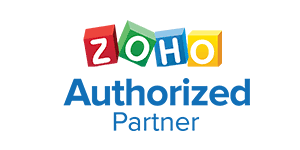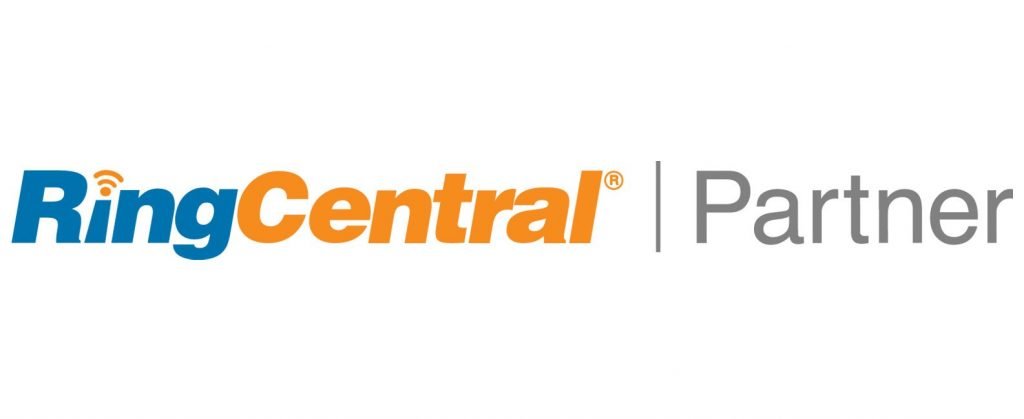The next thing is to map out the psychographic information of your buyer persona. This depends on how well you can conduct your research, what type of product or service you sell, and how much information your company has on each of your contacts or present buyers.
Psychographic information could include your buyer persona’s motivations, fears, interests, most-used search engines and social platforms, among other things.
Your buyer personas could include some or all of what has been captured above, or some other pieces of information not mentioned in the two categories above. Therefore, you must know that the details captured on your buyer persona are determined by what exactly you need to know to have a full grasp of who your clients are. And that is also affected by what kind of business you run.
Consequently, a B2B company might have slight changes in the demographic information represented on its buyer persona(s), as compared to a B2C company. One category the B2B marketer would want to add to their buyer persona is company size.
Your buyer persona would be a solid one if you take the extra step of adding some ideal marketing messages that would appeal to and elicit the desired responses from anyone who fits the persona you’ve mapped out. Also, you would be creating a powerful tool if you included sales calls and closing lines that fit perfectly for the kind of person you’ve mapped out.
With sample marketing messages and sales calls, your team gets a full grasp of who your ideal buyer(s) is and what they can do to acquire, delight, and retain such a buyer.
Having known the importance of available data to your successful creation of buyer personas, your lead-capturing forms and other information-gathering tools must be tailored towards gathering relevant information for your buyer persona and marketing needs. The use of an effective CRM tool like Zoho is also highly recommended.



